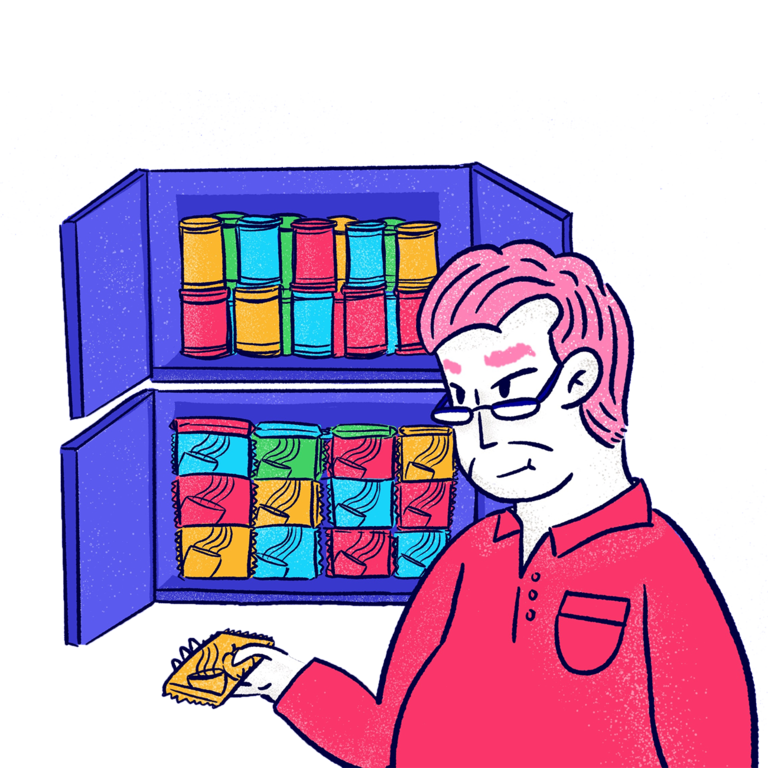
Previously, most people took their primary needs for granted because the situation allowed them to take care of them quite easily. However, since COVID-19, consumers started to re-evaluate their position in Maslow's pyramid of needs, and a new light is shed on what people need and what is necessary in life.
As the impact of the crisis is so immense, it will take a while before consumers will go up to the higher levels of the pyramid again. But how should retailers leverage this consumer behavior?
Before diving into the level of primary needs a broader definition of Maslow's hierarchy of needs must be given. The five levels of this model are all different motivations of human needs. People need to satisfy the lower needs first and will then naturally progress on to a higher level. The pyramid starts with 'primary needs' and moves sequentially towards 'safety & security', 'belonging', 'status & self-esteem' and 'self-actualization'. The lowest level, 'primary needs', is about the physical needs of human beings, such as food, water, sleep, and warmth.
Consumers' level of needs changed significantly since COVID-19 and this created immediate effects. In threatening situations like this, people have a natural tendency to stockpile to meet their primary needs. This resulted in bulk purchasing - toilet paper and hand sanitizer became the scarcest items worldwide.


While some of the effects will be temporary once the virus is controlled, some effects might be permanent. One of the needs that changed considerably in the last month is health as more than ever before people are aware of the importance of health. Before COVID-19 health was already an important topic, though since this crisis it has acquired a new definition in developed countries. Instead of health as being part of a chosen lifestyle, often linked to aiming for status and self-actualization, it has turned into a functional decision: eat healthily to stay healthy.
One aspect contributing significantly to this 'new health phenomenon' is the current homemade trend. Consumers started to cook and bake more since COVID-19. Interestingly, a healthy diet is one of the few things people can control these days! But how can food retailers assist consumers with making truly healthy choices and knowing what good health is about? And what does it mean for private label brands?
At the end of March 2020, BrandLoyalty and IceMobile activated their unique global network in food retail to study consumer behavioral changes resulting from COVID-19. In contrast to most studies around COVID-19, this study emphasizes the qualitative insights and highlights the 'why' behind consumers' actions. This approach gives a peek into the 'new normal' of food retail and shows which consumer changes are temporary or permanent. Feel free to request the full report below to gain more insights into the new normal in food retail.

Want the full report in your mailbox?
To learn more about the 5 themes retailers must consider to stay relevant after COVID-19, please reach out to your BrandLoyalty contact person or send an e-mail via the button below to receive the full report.
Contact us nowWhat other themes are relevant after COVID-19?
Learn more about other themes, next to 'the new health' and 'homemade' by reading the article.
Go to article